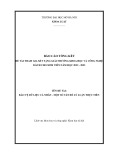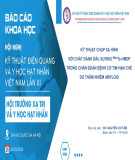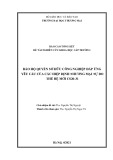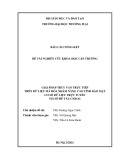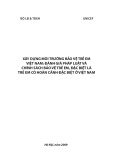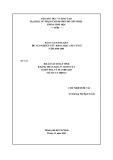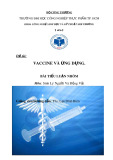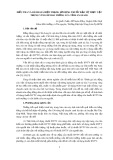
Anti-arthritis effects of vitamin K
2
(menaquinone-4) )a
new potential therapeutic strategy for rheumatoid arthritis
Hiroshi Okamoto, Kumi Shidara, Daisuke Hoshi and Naoyuki Kamatani
Institute of Rheumatology, Tokyo Women’s Medical University, Japan
Vitamin K is a generic term for compounds that
include phytonadione (vitamin K
1
), the menaquinone
series (vitamin K
2
) and menadione (vitamin K
3
). These
vitamin K compounds share a common chemical struc-
ture consisting of a naphthoquinone nucleus. Vita-
min K
1
has a long phytol side chain whereas
vitamin K
2
has an unsaturated side chain [1].
Vitamin K
2
acts as a cofactor for a vitamin K-
dependent carboxylase involved in the carboxylation
of coagulation factors and is an essential substrate for
blood coagulation [2]. It has been reported that osteo-
porosis and fractures frequently occurred after the
long-term use of warfarin, which inhibits the effect of
vitamin K upon coagulation [3]. Vitamin K
2
has been
shown to be a key inducer of bone mineralization in
human osteoblasts and has also been reported to inhi-
bit osteoclastogenesis of bone by induction of the
osteoclast apoptosis [4–6].
Human studies have demonstrated that vitamin K
2
is proposed to be an effective treatment for osteoporo-
sis and the prevention of fractures [7]. Menaquinone-4
(MK-4), the most common form of vitamin K
2
is
frequently used for the treatment of osteoporosis in
Japan and other Asian countries.
In addition to these biological activities, vitamin K
2
has been reported to exert an inhibitory effect on the
growth of several cell lines and tumor cells such as hepa-
toma cells [8]. Several lines of evidence indicate that
vitamin K
2
has a potent pro-apoptotic effect on leuke-
mia cell lines and primary cultured leukemia cells [9,10].
In addition, several case studies have demonstrated the
clinical benefit of vitamin K
2
in the treatment of patients
with acute myeloid leukemia and myelodysplastic syn-
drome [11–13]. Thus far, there are no studies examining
the effect of vitamin K
2
on animal models of inflamma-
tory arthritis or humans with inflammatory arthritis.
Keywords
apoptosis; collagen type II-induced arthritis;
rheumatoid arthritis; vitamin K
2
(menaquinone-4)
Correspondence
H. Okamoto, Institute of Rheumatology,
Tokyo Women’s Medical University,
10–22 Kawada-cho, Shinjuku,
Tokyo 162–0054, Japan
Fax: +81 3 5269 1726
Tel: +81 3 5269 1725
E-mail: hokamoto@ior.twmu.ac.jp
(Received 9 December 2006, revised
26 June 2007, accepted 12 July 2007)
doi:10.1111/j.1742-4658.2007.05987.x
Vitamin K
2
(menaquinone-4, MK-4) has been reported to induce apoptosis
in hepatocellular carcinoma, leukemia and myelodysplastic syndrome cell
lines. The effects of MK-4 on the development of arthritis have never been
addressed thus far. In the present study, we investigated the effect of MK-4
upon the proliferation of rheumatoid synovial cells and the development of
arthritis in collagen-induced arthritis. We analyzed the effect of MK-4 on
the proliferation of fibroblast-like synoviocytes using the 3-(4,5-de-
methylthiazol-2-yl)-2,5-diphenyltetrazolium bromide assay. The pro-apop-
totic effect of MK-4 upon fibroblast-like synoviocytes was investigated
with annexin V staining and DNA fragmentation and caspase 3 ⁄7 assays.
Moreover, we analyzed the effect of MK-4 on the development of colla-
gen-induced arthritis in female dark agouti rats. Our results indicated that
MK-4 inhibited the proliferation of fibroblast-like synoviocytes and the
development of collagen-induced arthritis in a dose-dependent manner. We
conclude that MK-4 may represent a new agent for the treatment of rheu-
matoid arthritis in the setting of combination therapy with other disease-
modifying antirheumatic drugs.
Abbreviations
CIA, collagen-induced arthritis; CII, collagen type II; FLS, fibroblast-like synoviocytes; MK-4, menaquinone-4; MTT, 3-(4,5-demethylthiazol-2-
yl)-2,5-diphenyl-tetrazolium bromide; RA, rheumatoid arthritis; TNF-a, tumor necrosis factor a.
4588 FEBS Journal 274 (2007) 4588–4594 ª2007 The Authors Journal compilation ª2007 FEBS





